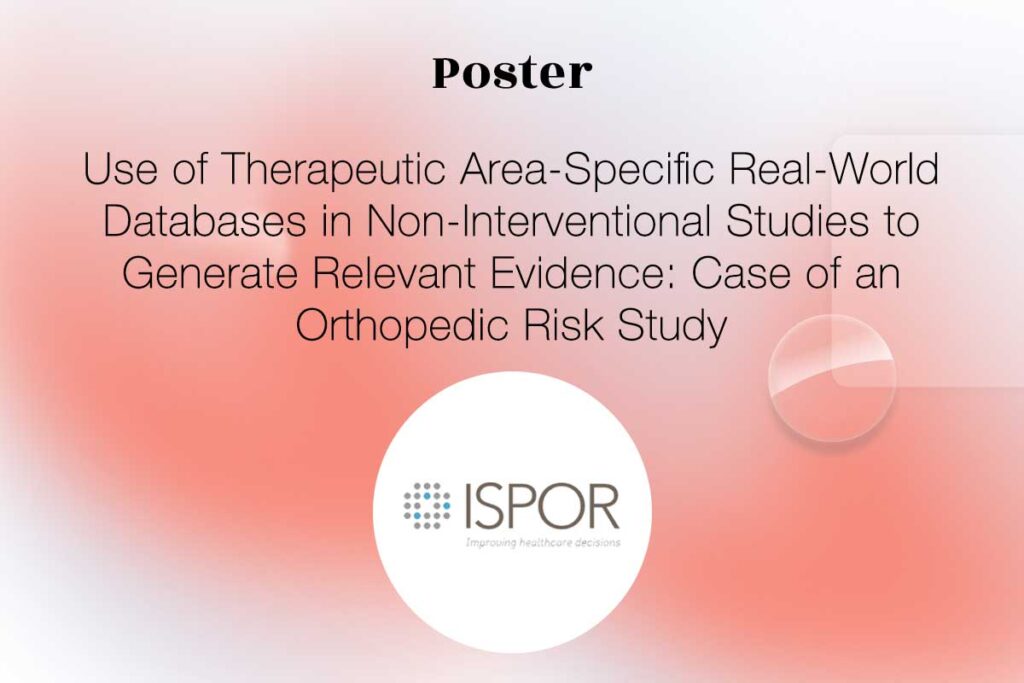Publisher: diabetesjournals.org
Authors: J.C. Chan; J.J. Gagliardino; H.M. Ilkova; A. Ramachandran; J-C. Mbanya; M. V. Shestakova; M. Rollot; M. Blanchon; P. Hayat; J-M. Chantelot; P. Aschner
Date: 01 June 2022
Abstract
Introduction
IDMPS is an international, observational study to assess care practices and clinical profiles of people with diabetes in developing countries. Treatment non-adherence is a major barrier to treatment effectiveness. Open-ended self-reported reasons for omitting or adhering to glucose-lowering drugs in people with T2D were analyzed.
Methods
NLP and clustering methods were used to analyze responses on omitting medications (Q1) , not taking medications as prescribed (Q2) , and methods to improve adherence (Q3) , with Q1+2 responses merged as reasons for ‘omission’.
Results
Of 2475 participants from 13 countries (mean ± SD age 58 ± 12 years, 49% male, diabetes duration ± 8 years, 43% on insulin) , 85%, 79%, and 37% had responses for Q1-3 respectively. Of these, 36% had responses indicative of non-adherence, 62% of adherence, and 2% uncertain responses (Q1+2) . Non-adherent patients were younger (55 ± 12 vs. 60 ± 12 years) , had shorter diabetes duration (± 8 vs. 12 ± 9 years) , and higher HbA1c (8.3 ± 1.9 vs. 7.9 ± 1.8 %) vs. adherent patients (all p<0.001) . Patient responses for adherence/non-adherence are shown in Figure.
Conclusions
Conflicts with daily routine are the main barrier to therapy adherence, while planning and habit formation can improve adherence.








